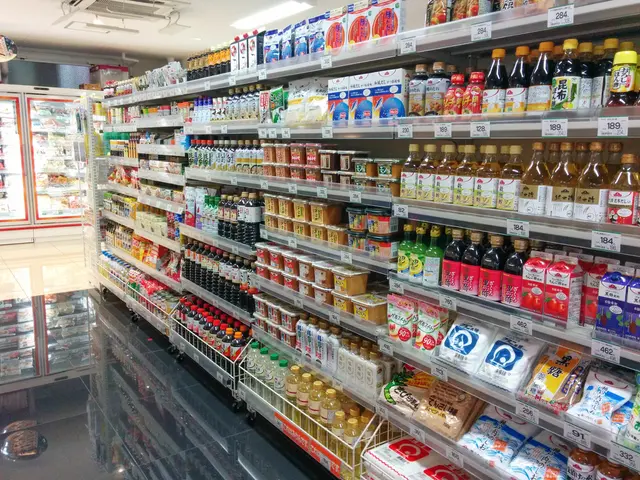Unveiling History's Untold Stories: A Year with the Museum of Forced Labor under Nazis
Labor Museum: A Center Showcasing Compulsory Work Experiences - Time Spent in the Artifact Gallery: A Recount of the Past Year's Events in the Museum
Step into the heart of Germany, where the Museum of Forced Labor during National Socialism in Weimar attracts a crowd of around 1,000 visitors monthly, leaving no stone unturned in the quest for historical understanding. This museum, the first of its kind on a pan-European scale, has become a vibrant hub for recognizing and educating the world about the ghastly incidents of forced labor under the Nazi regime.
With its doors open for a year, the museum has served as a powerful haven for those whose lives were marred by the casualties of the Nazi regime. Spokesperson Dorothee Schlüter explains that it is more than just a museum; it represents the stories of the victims and survivors, giving them a much-needed space for remembrance.
In the words of museum director Daniel Logemann, the crimes of the Nazi regime during World War II reverberate in the annals of millions of family stories across Europe. The lingering question that haunts us all—What does this history have to do with me?—finds an answer within these hallowed walls. Logemann believes that a shared understanding that transcends the differences in our memories is what the museum strives to foster.
Collaboration between various Weimar institutions is on the rise, with the museum set to participate in the 2025 Kunstfest Weimar with a thought-provoking video installation. Plans extend to 2028, encompassing rotating exhibitions, art installations, cultural events, and scholarly conferences. In September, an exhibition on the plight of Soviet prisoners of war during World War II will be unveiled.
The museum's location holds profound significance, as it is housed in a former crime scene: the building that once served as the headquarters of Gauleiter Fritz Sauckel, the General Plenipotentiary for Labor Deployment. Under Sauckel's merciless regime, millions were subjected to forced labor. It is estimated that between 20 and 26 million people endured the torment of forced labor in occupied territories and the German Reich during World War II.
On this poignant day of liberation, the museum has arranged special events, including a film screening and a riveting reading accompanied by dance and music, to be repeated on May 10. Ute Delimat from Göttingen will share a vivid account of her mother Wiktoria, who was forcefully uprooted from her Polish home as a 13-year-old and subjected to labor in Germany in 1940.
- Weimar
- Forced Labor
- Nazi Regime
- Haven
- Education
- Europe
- Cultural Significance
- Commemoration
- Wartime Atrocities
- The Museum of Forced Labor under Nazis, situated in Weimar, Germany, provides a space for education and commemoration of the victims of forced labor during the Nazi regime.
- As a hub for remembrance, the museum serves as a haven for those impacted by the wartime atrocities committed under the Nazi regime, fostering a shared understanding of history that transcends memories.
- With a focus on education, the museum has collaborated with various institutions in Weimar to offer exhibitions, art installations, cultural events, and scholarly conferences.
- The museum is housed in a building that once served as the headquarters of Gauleiter Fritz Sauckel, the General Plenipotentiary for Labor Deployment under the Nazi regime, highlighting its profound cultural significance.
- The museum will host special events on the day of liberation, including a film screening and a reading that details the story of Wiktoria, a Polish girl who was forcefully uprooted and subjected to labor in Germany during World War II.






